The Penrose Triangle, also known as the impossible triangle, is an optical illusion and an iconic example of an impossible object – a figure that appears to exist in three-dimensional space but cannot actually be built in reality.
The Penrose Triangle was first described in the 1950s by British mathematician Roger Penrose and his father, psychiatrist Lionel Penrose. Roger encountered the concept during a trip to Sweden, where he was inspired by the work of Swedish artist Oscar Reutersvärd, who had drawn similar impossible shapes in 1934. Upon returning home, the Penroses published an article in the British Journal of Psychology (1958), calling the shape "impossibility in its purest form”. Since then, the Penrose Triangle has become a symbol of paradox and has influenced fields ranging from mathematics to art.
At first glance, the Penrose Triangle appears to be a simple, three-dimensional structure composed of three beams joined at right angles. However, upon closer inspection, the way the beams connect creates a paradox: each segment seems to be logically connected, but the overall shape defies the rules of geometry. In reality, no physical object can maintain this structure without some visual trickery, such as forced perspective or selective angles.
The Penrose Triangle is a staple of impossible art, most famously popularised by Dutch artist M.C. Escher, whose prints such as Waterfall and Ascending and Descending incorporate similar paradoxical structures. Escher’s work often plays with perception, suggesting a world where normal physics don’t apply.
Architects and designers have also attempted to bring the Penrose Triangle into the real world. While an actual Penrose Triangle cannot exist in three-dimensional space, clever angles and strategic use of perspective allow for sculptures that appear to form the impossible shape when viewed from a particular position. Notable examples include installations in Australia, New Zealand and Belgium – where carefully placed beams or beam distortions create the illusion of an impossible triangle.
The Penrose Triangle, as an example of an impossible figure, demonstrates how the human brain interprets depth, shading and angles, often filling in gaps where information is missing. This illusion is a prime example of how our visual system can be tricked into seeing something that defies logic.
It's also just a fun thing to think about and play with.
________________________
References
wikipedia.org/wiki/Penrose_triangle
scientificamerican.com/article/sculpting-the-impossible-artists-make-solid-renditions-of-visual-illusions/
Images
1. Roger Penrose at the Institute of Science and Technology in Austria
2. Penrose Stairs
3. Swedish stamp in commemoration of Oscar Reutersvärd, 1982
4. Ascending and Descending, M.C. Escher, 1960
5. Waterfall, M.C. Escher, 1961
6. Penrose Triangle trickery. Credit: Avid Welder on YouTube
7. Impossible triangle sculpture as an optical illusion, East Perth, Western Australia
8. Video: "Impossible" triangle found in real life! ruudrebel, 2 Juli 2013, Ophoven, Belgium
9. Penrose Triangle tattoo. Credit: @velco-tattoo





























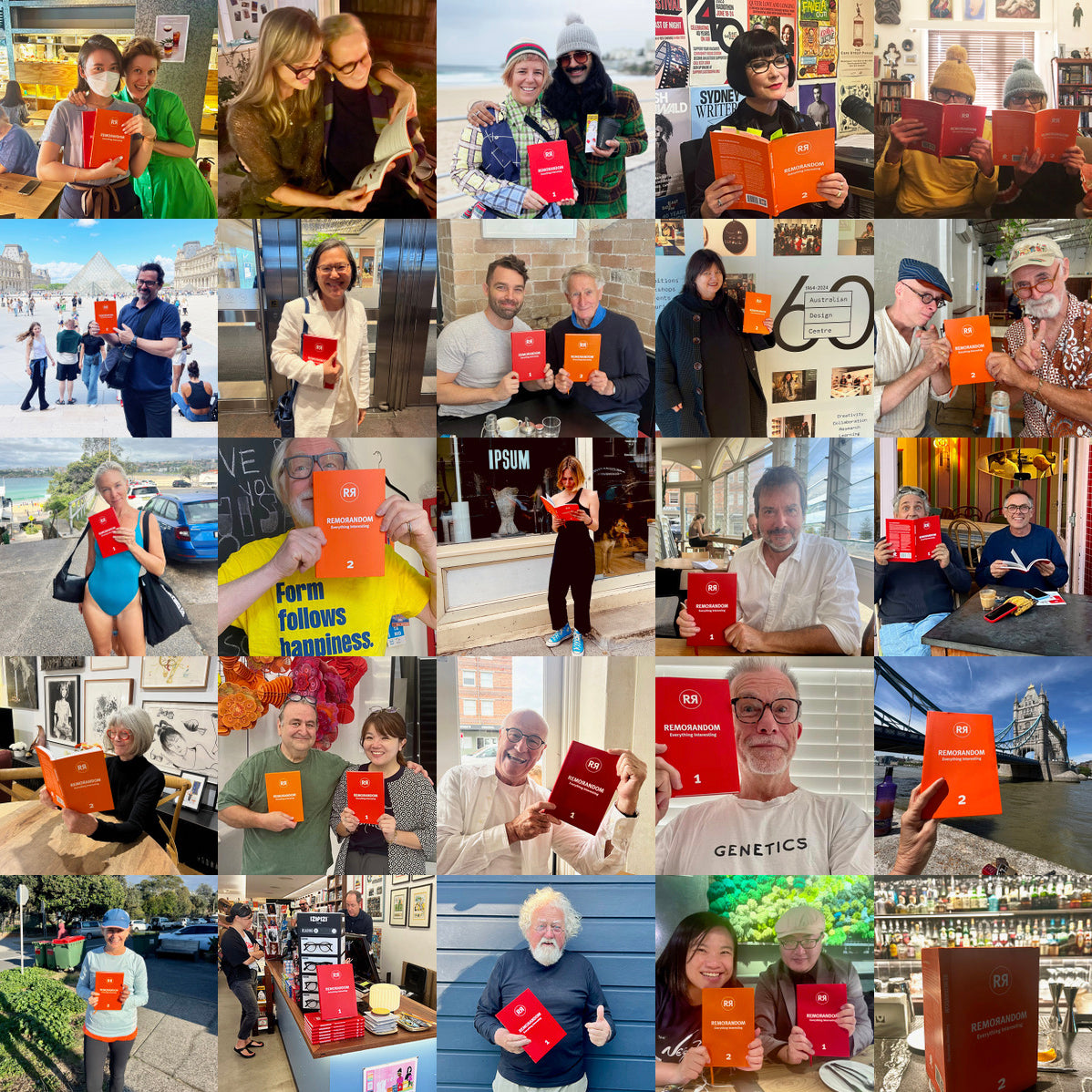








































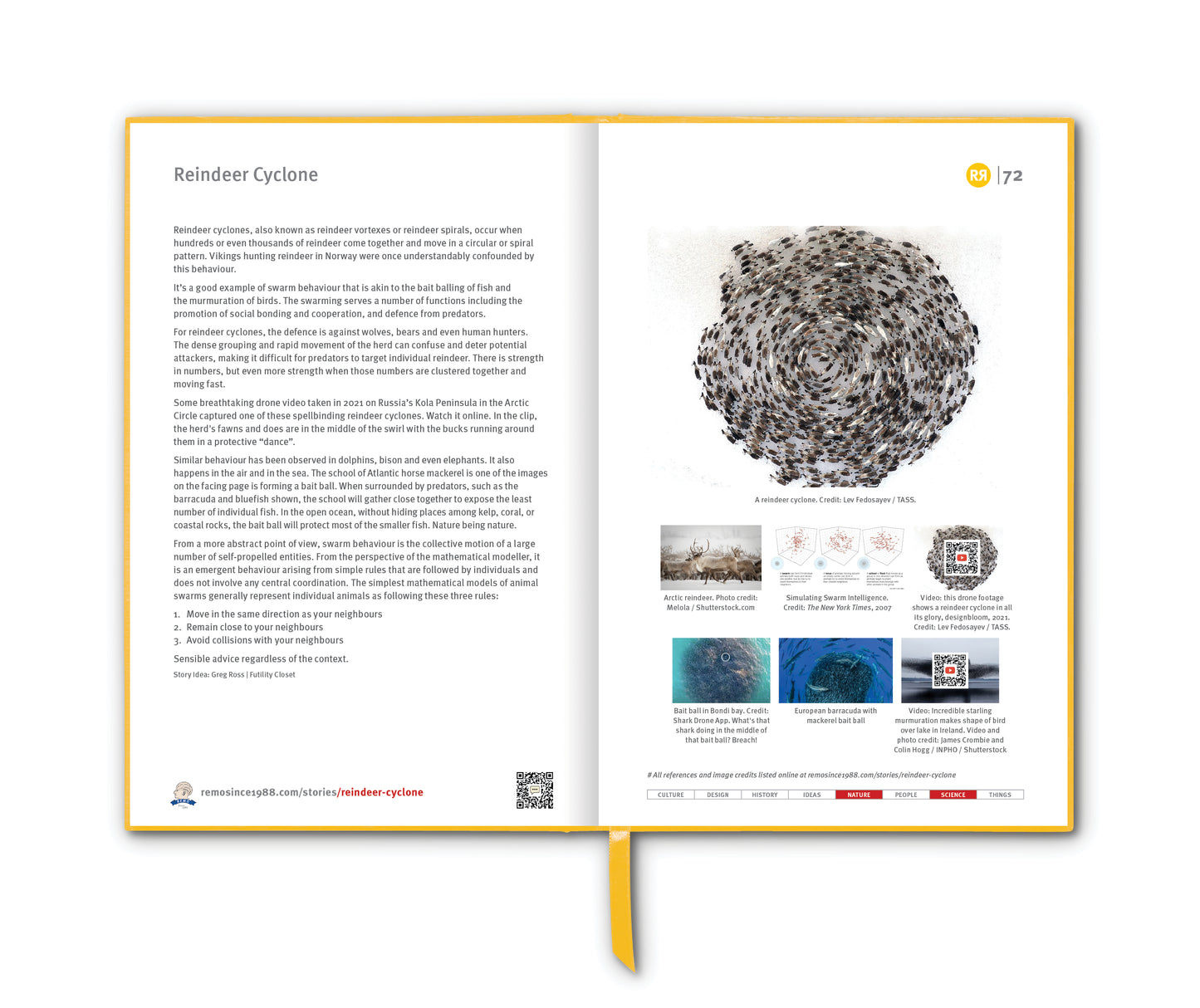


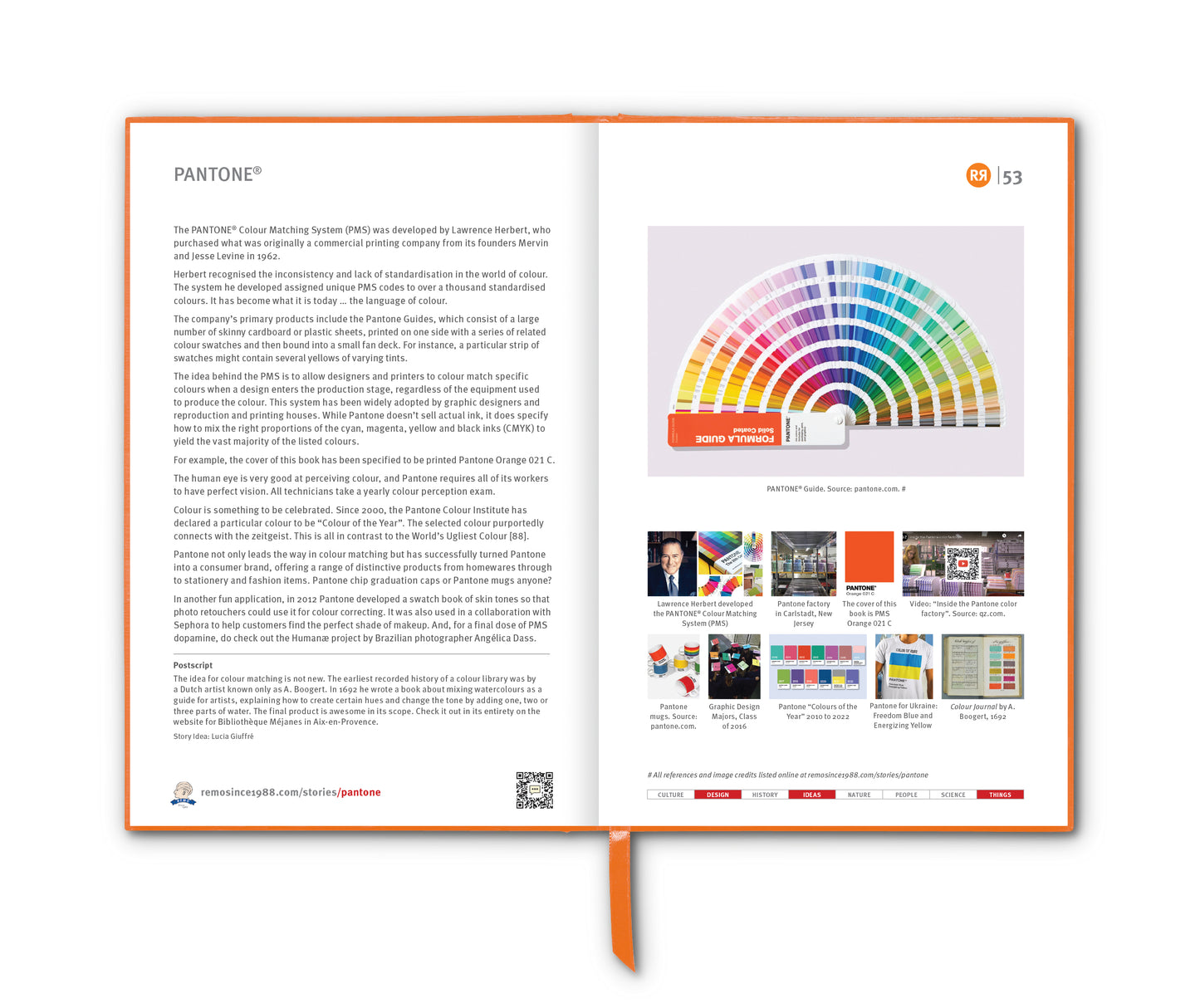
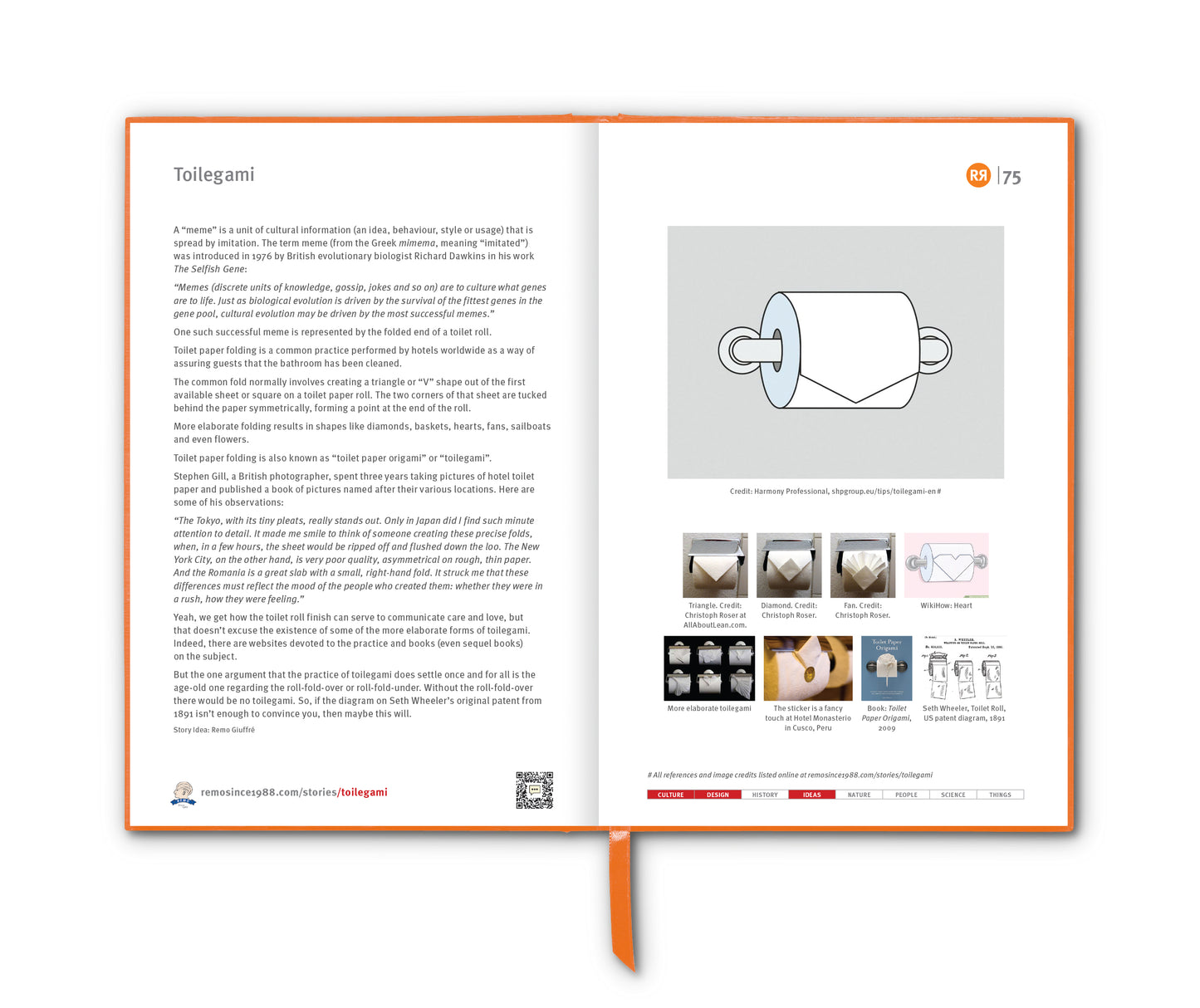
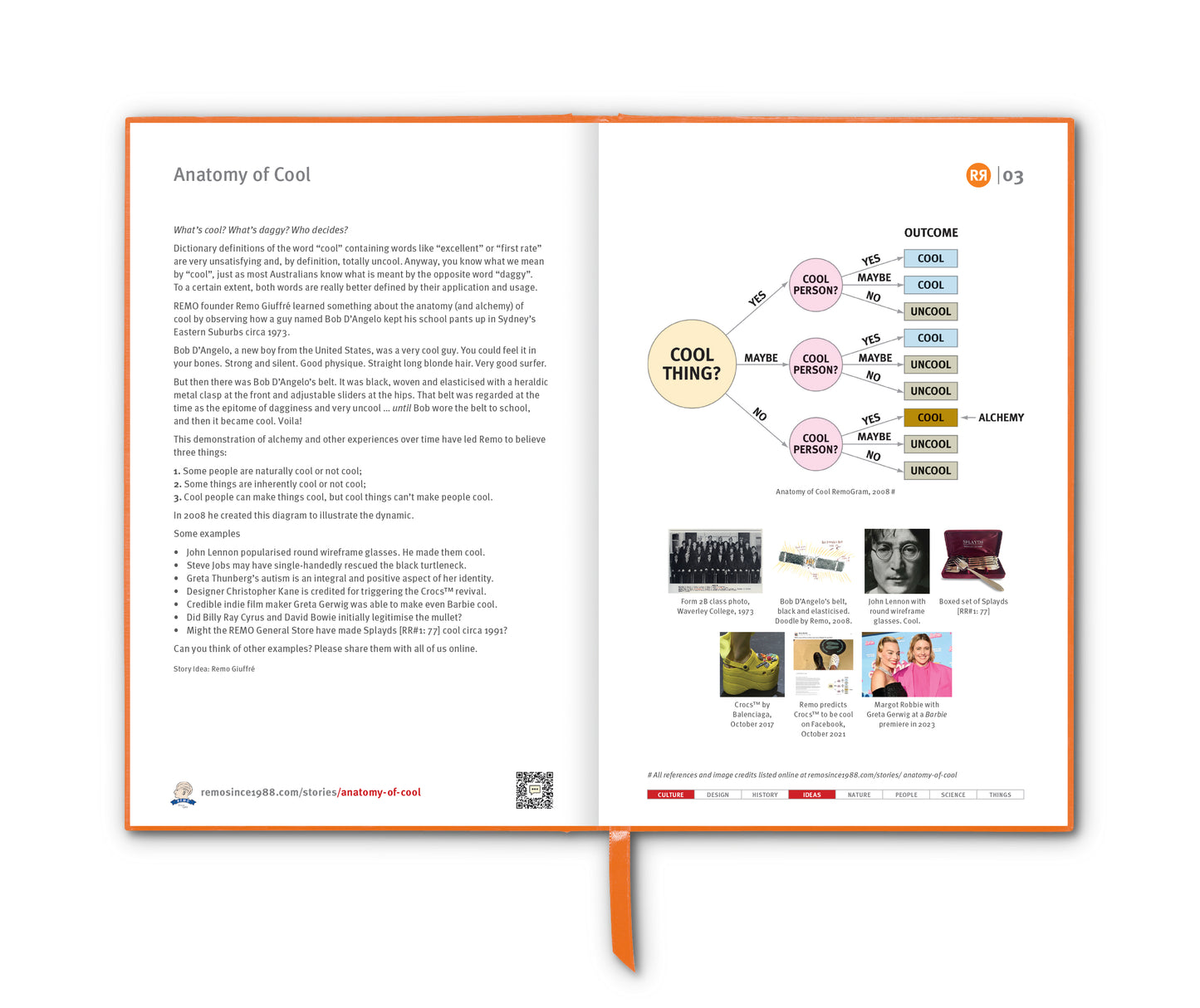


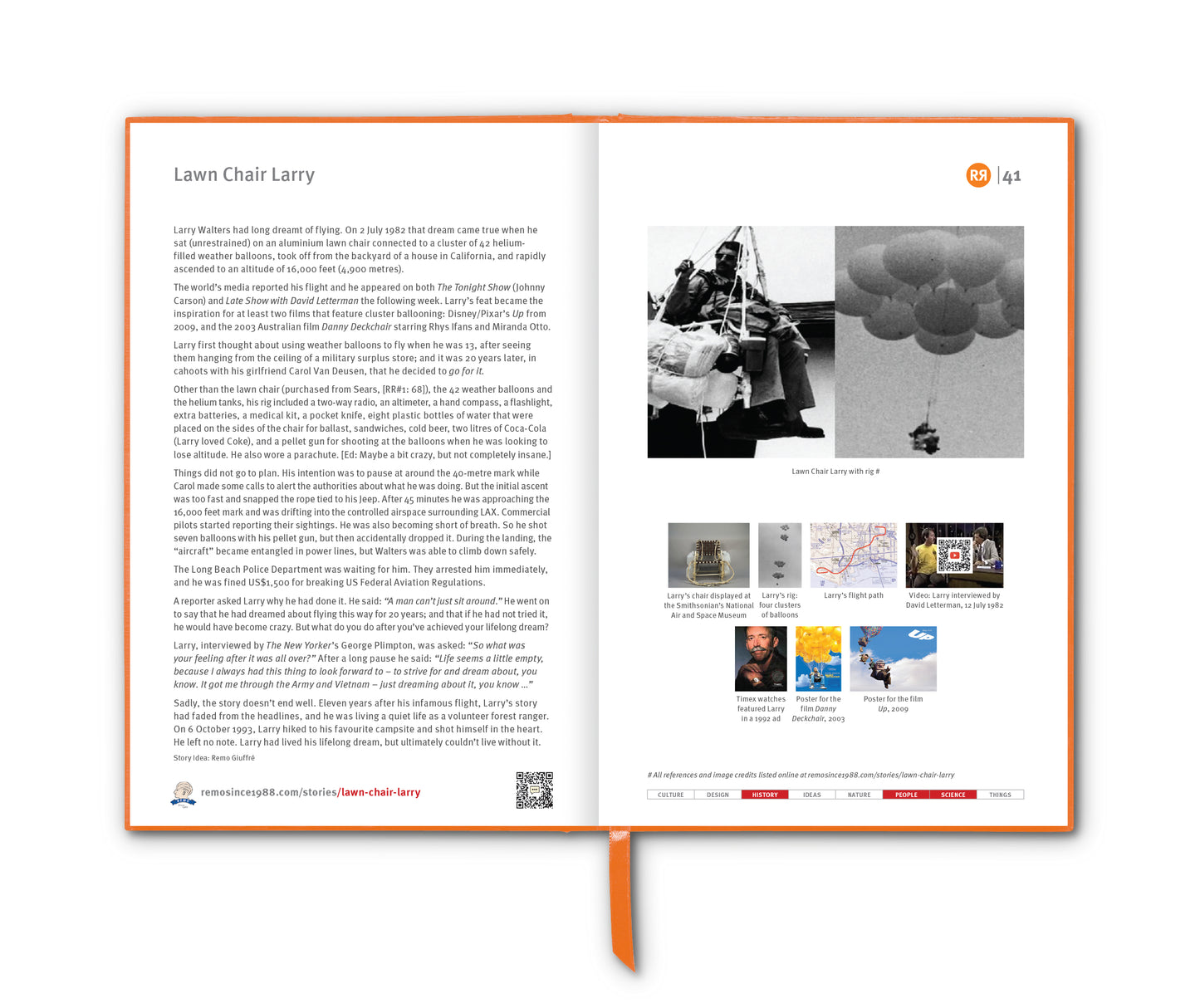
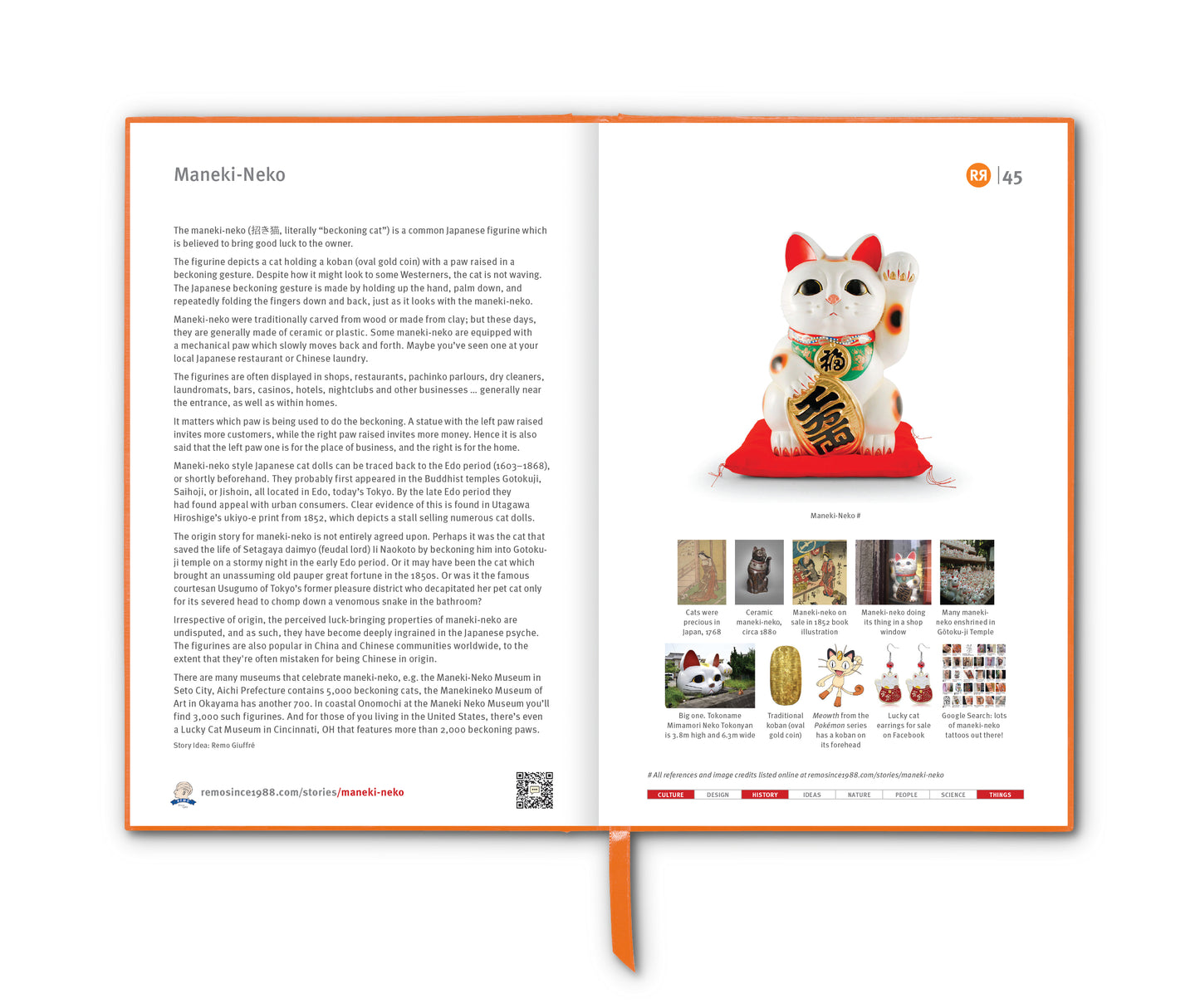
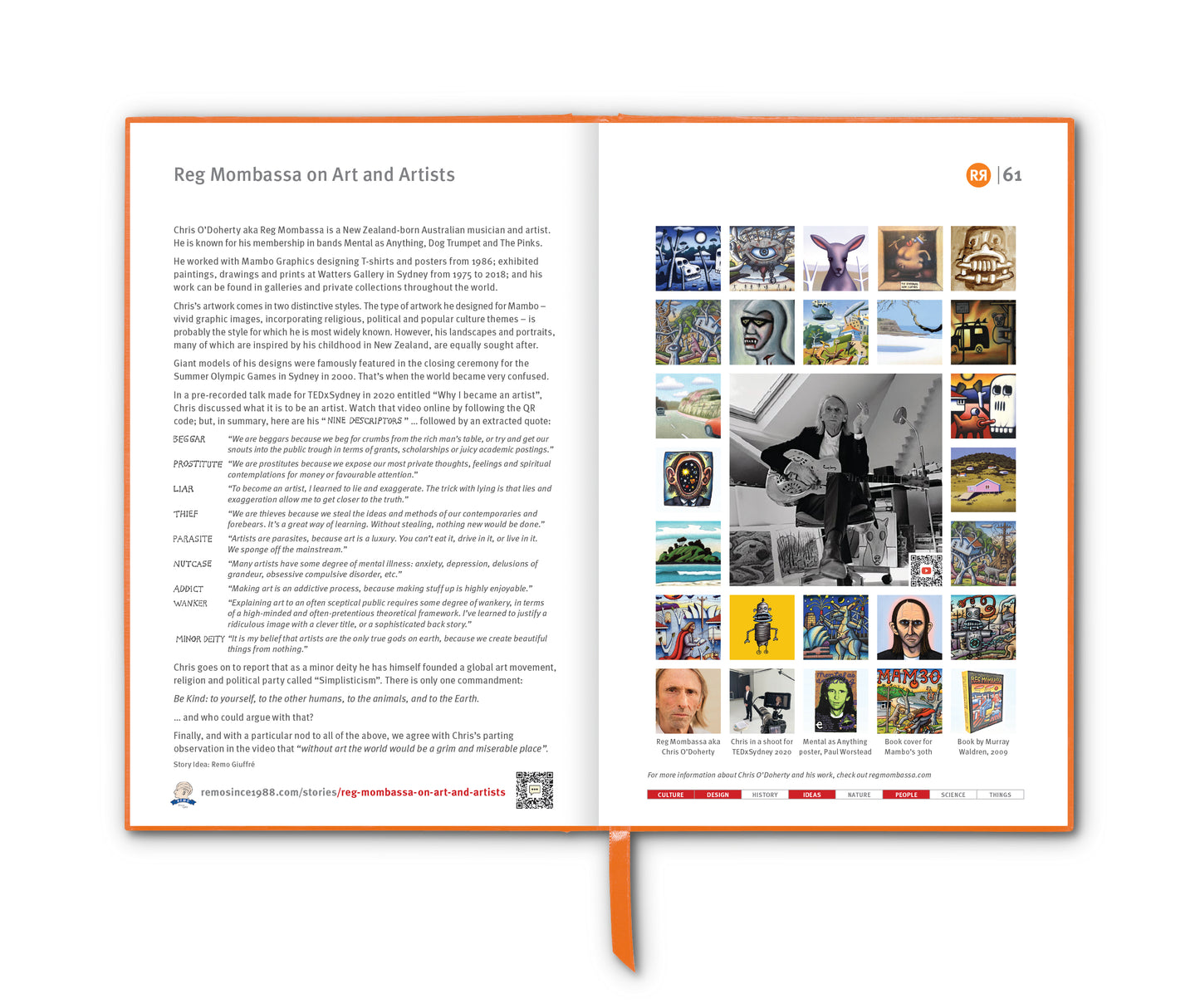
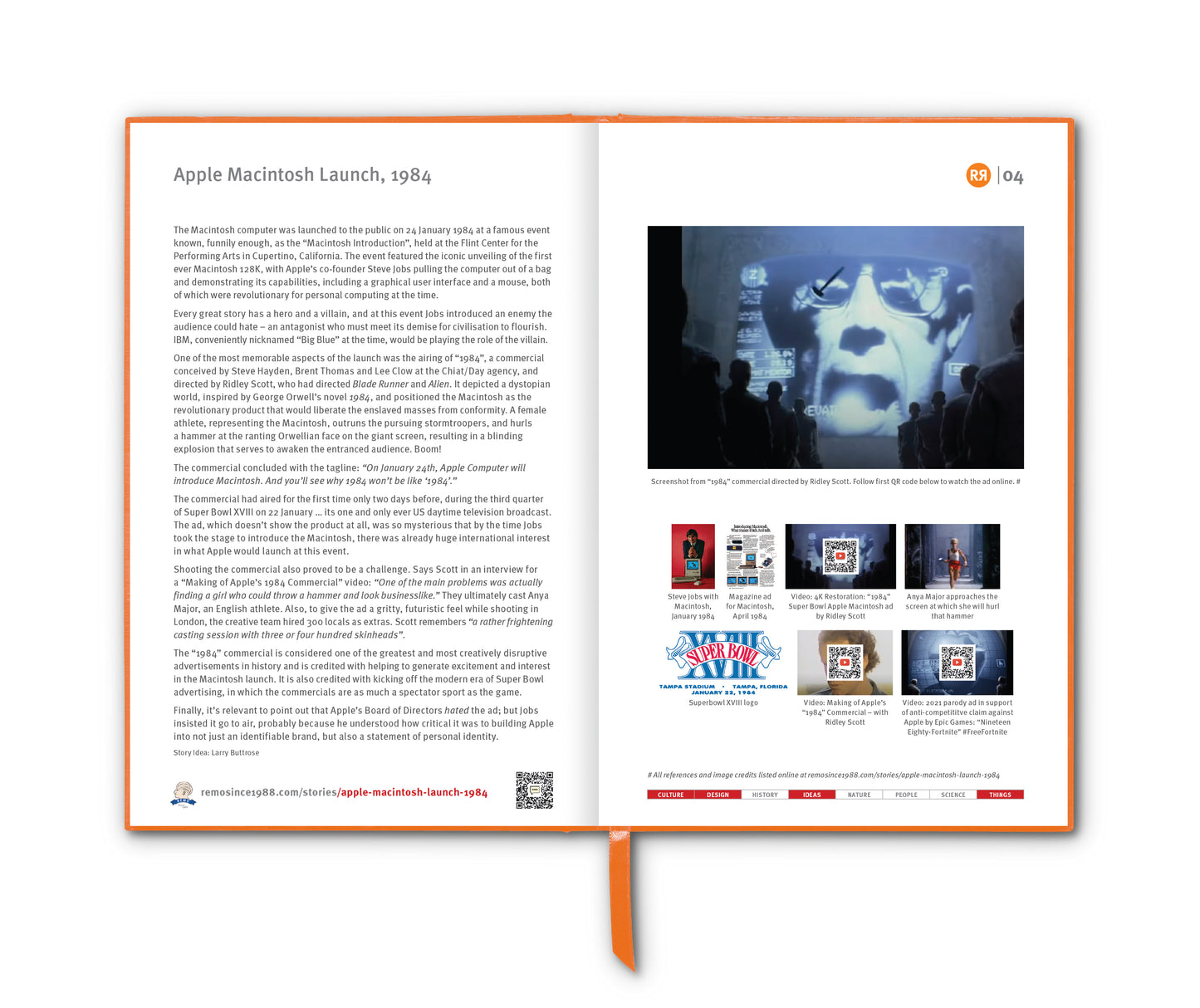
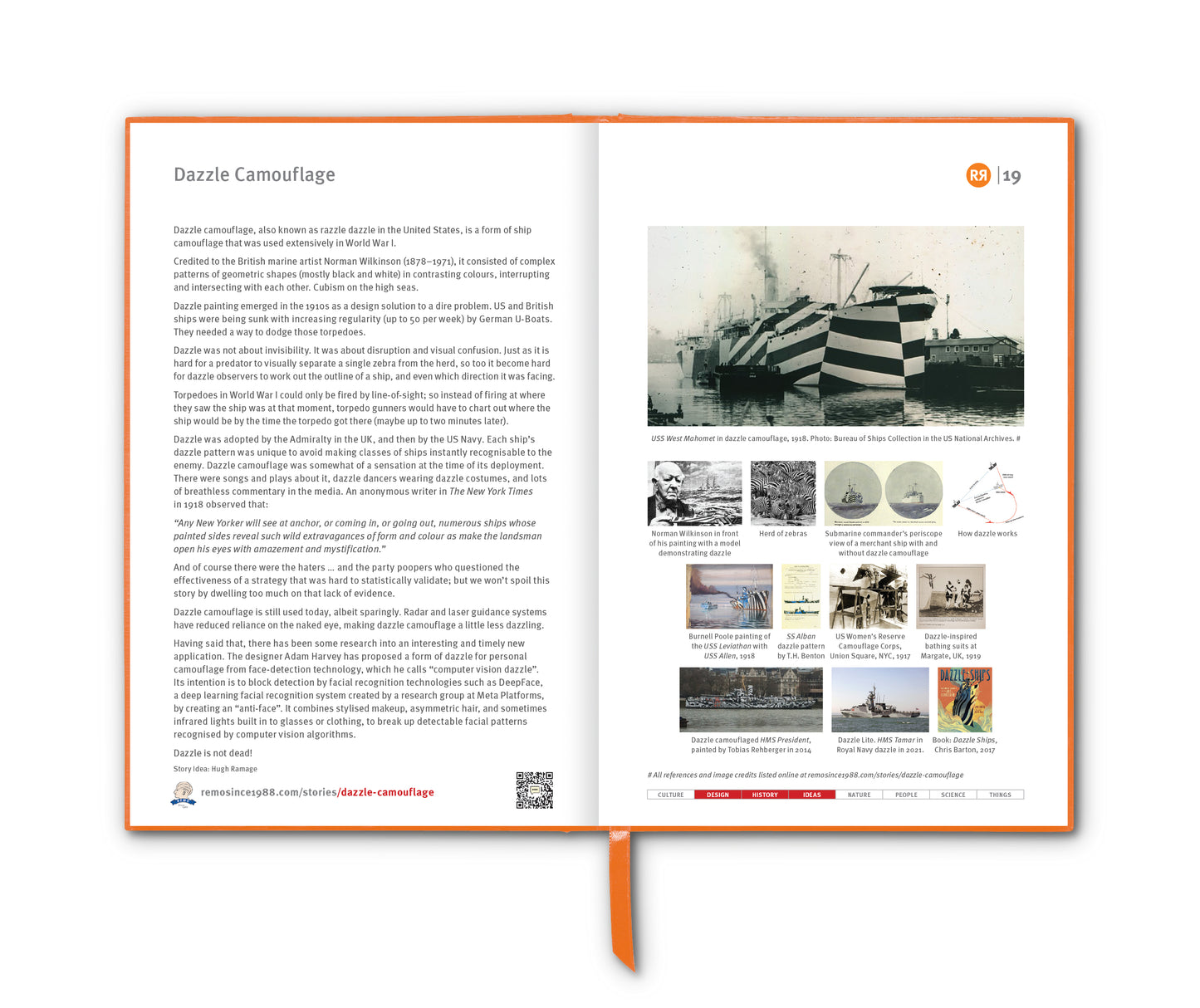



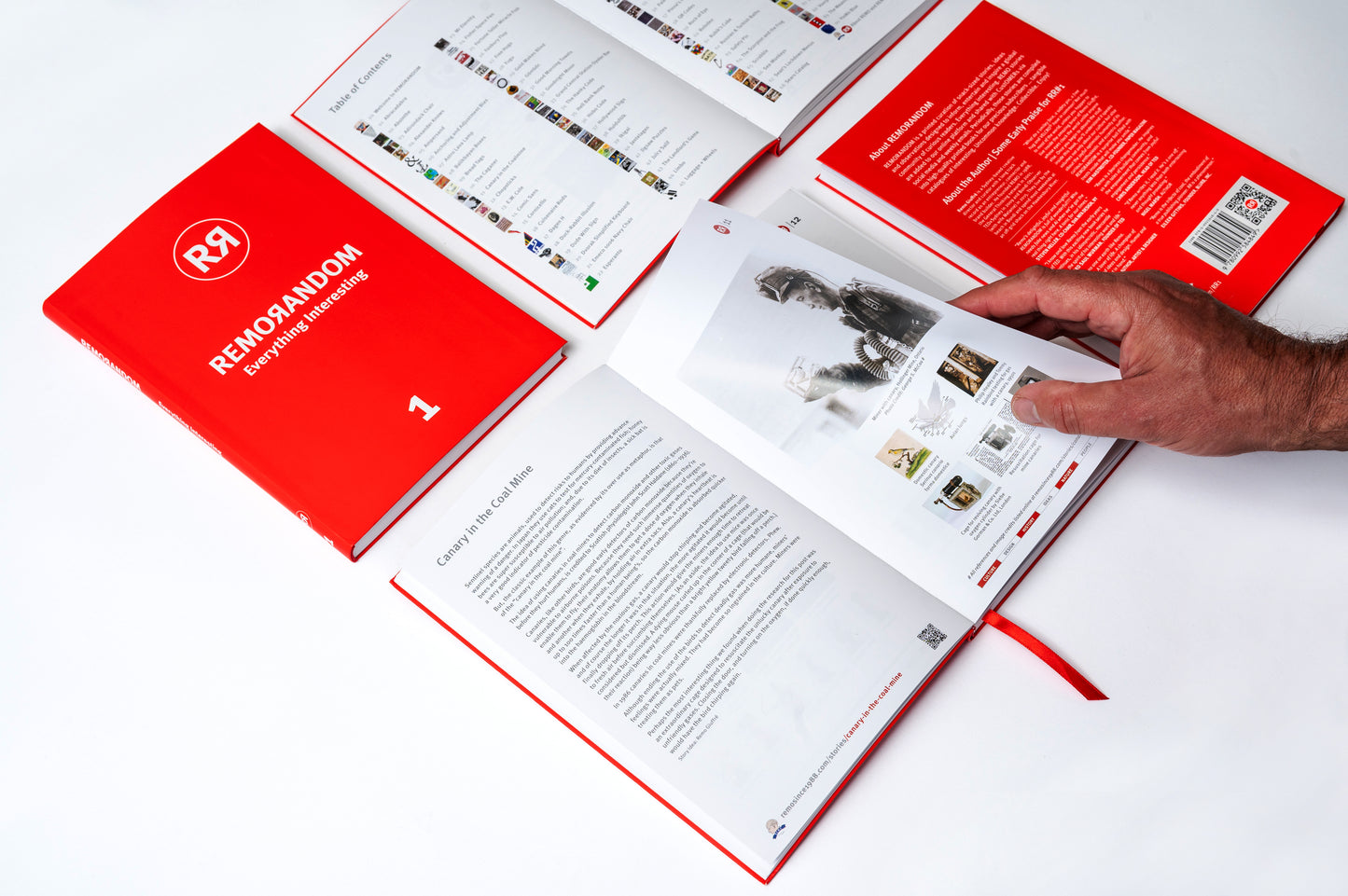



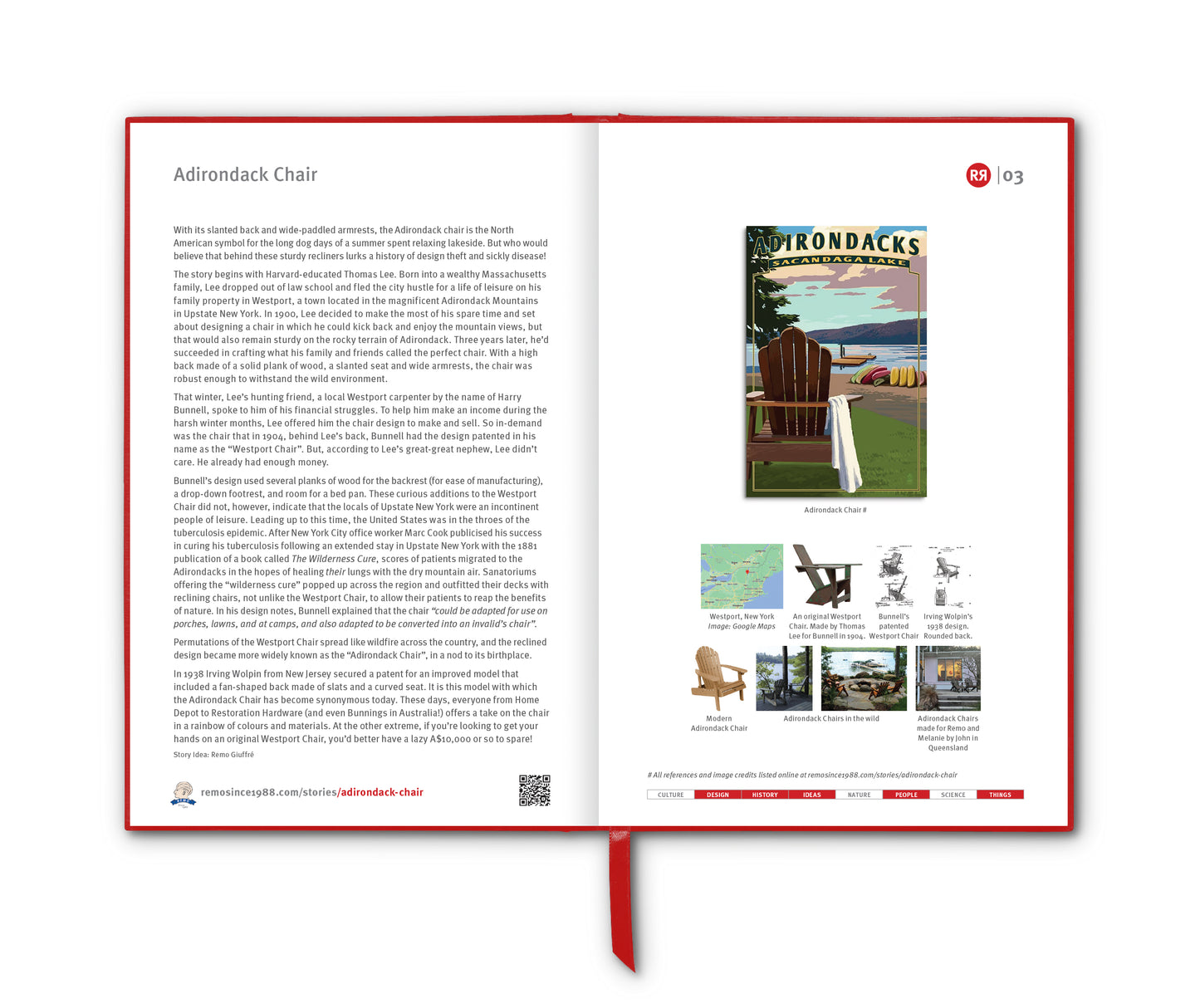
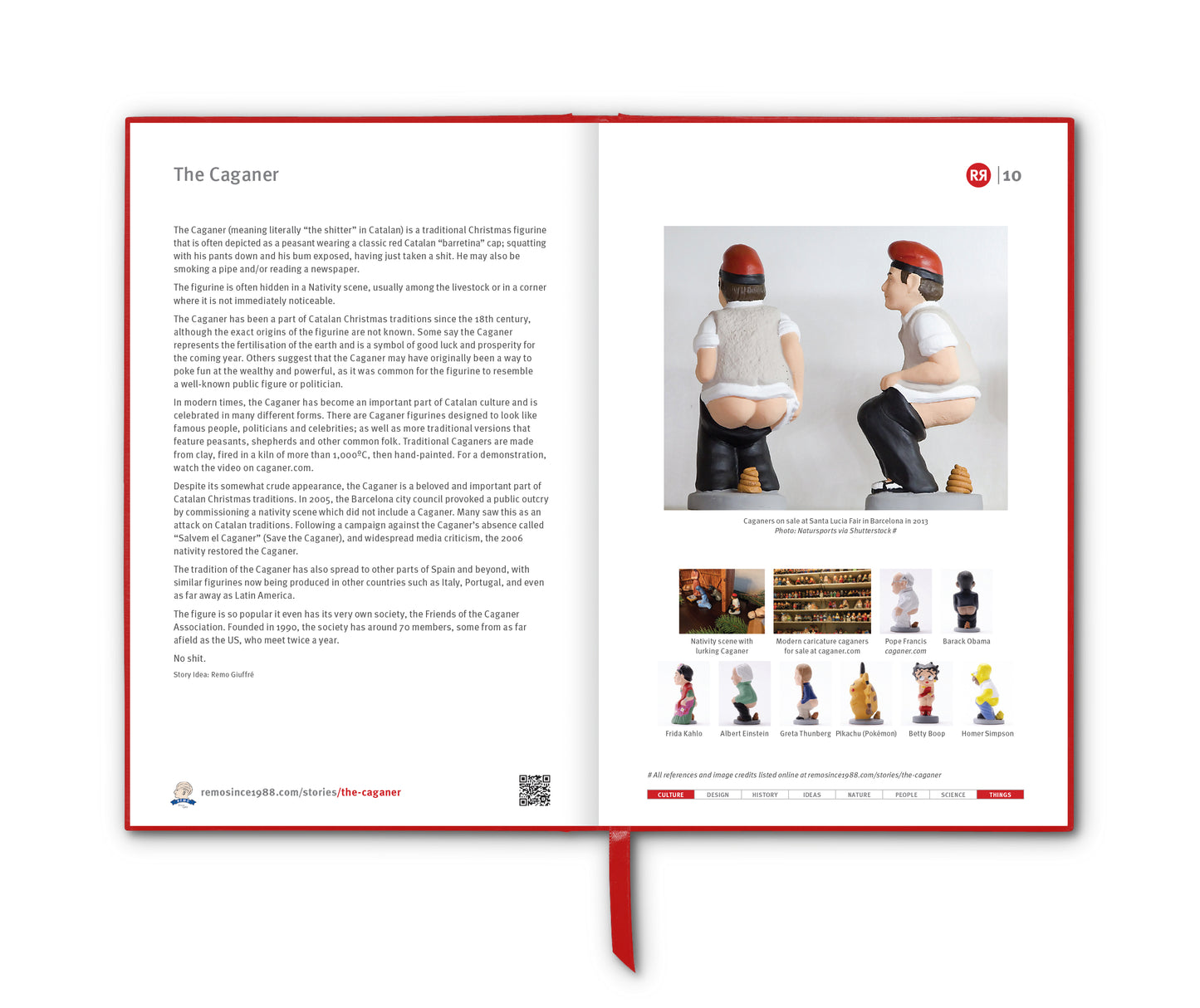
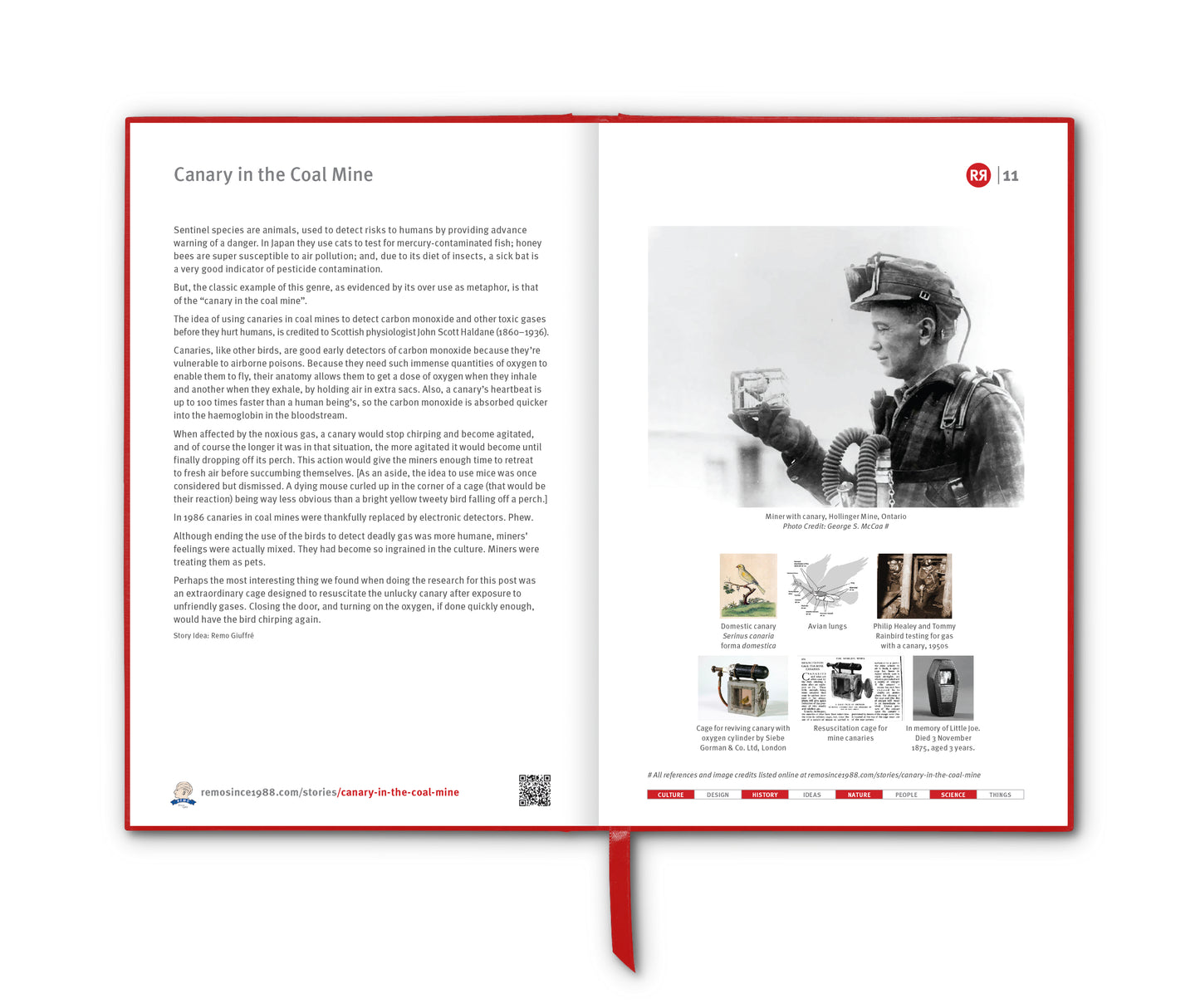

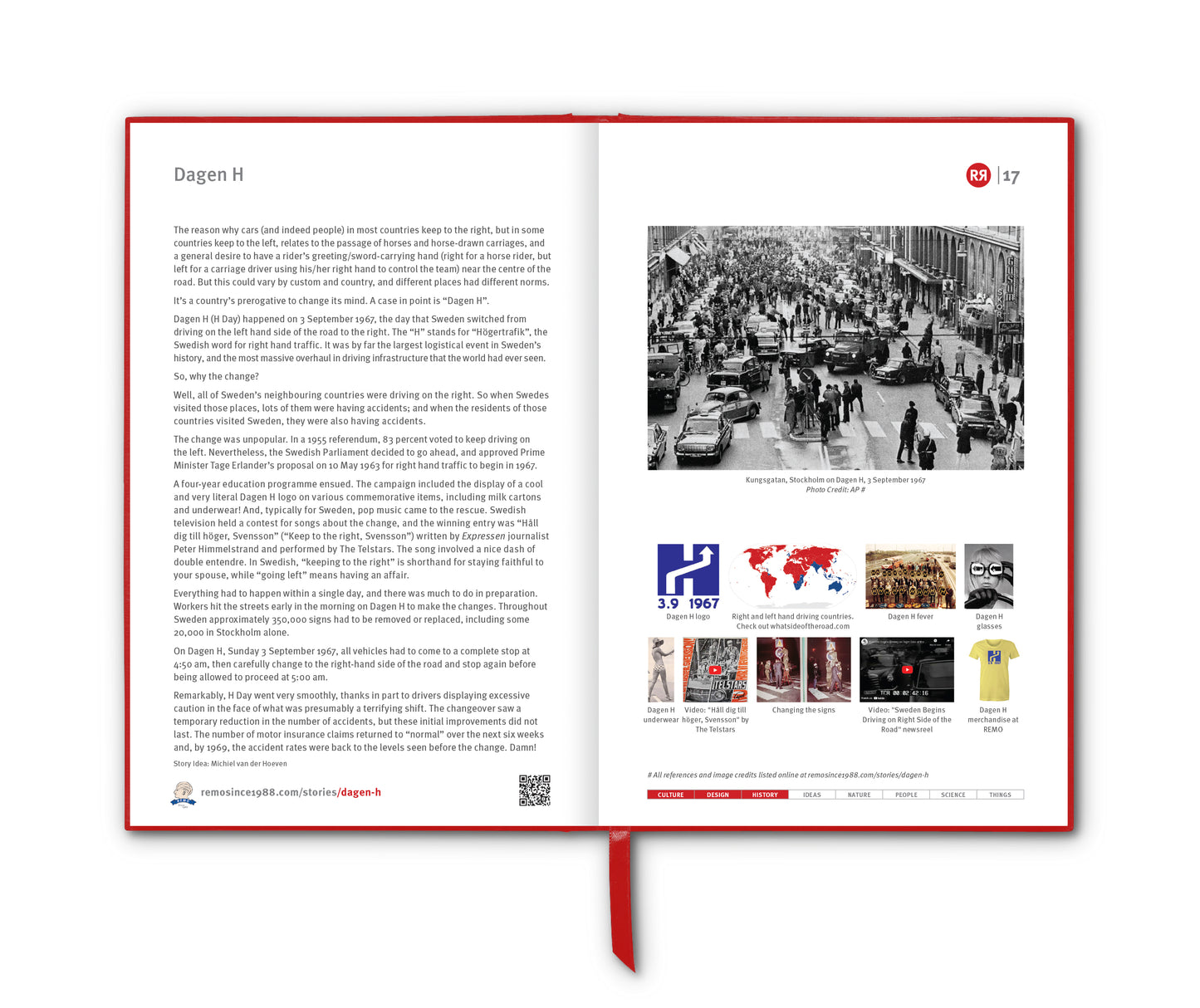
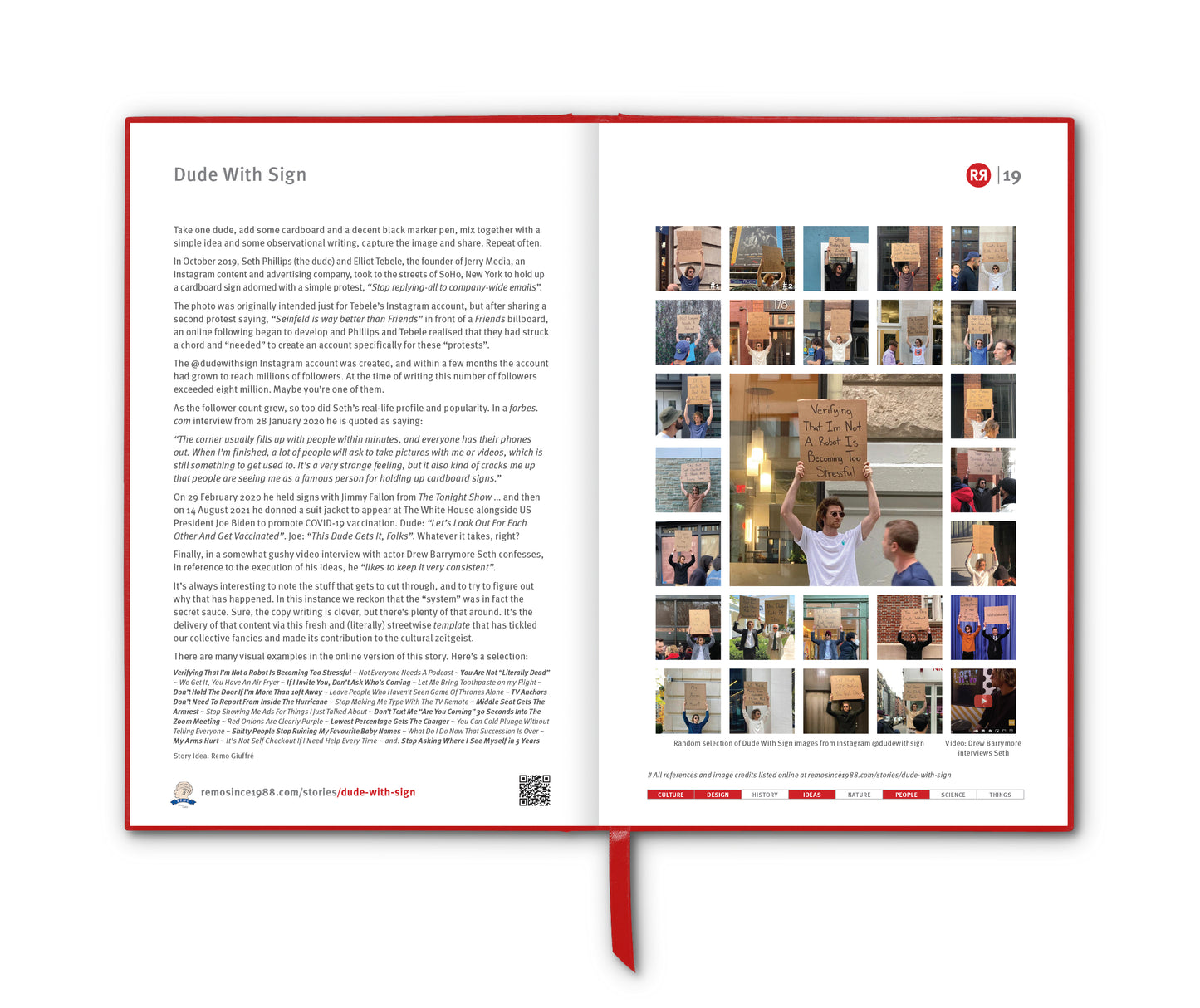
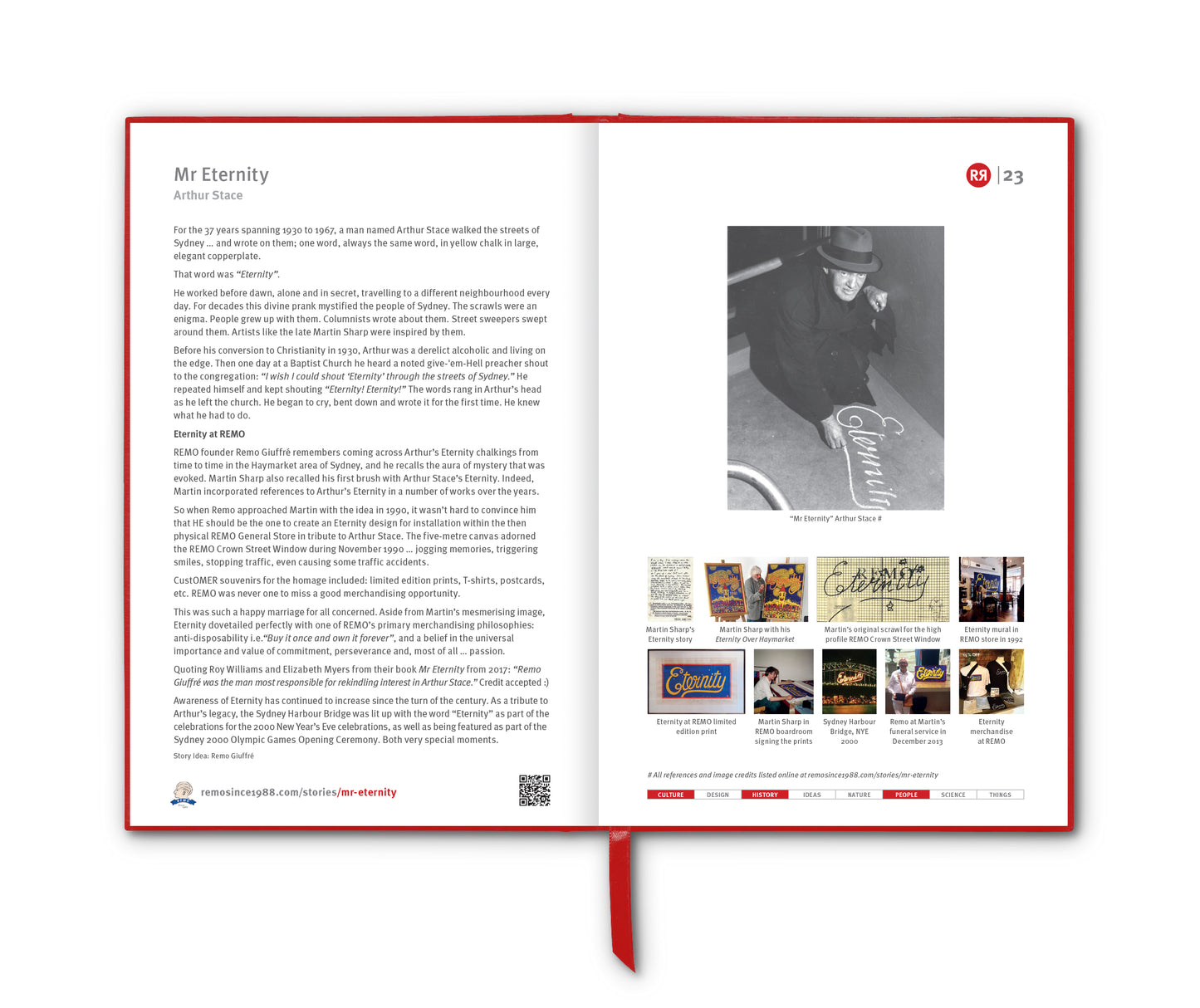
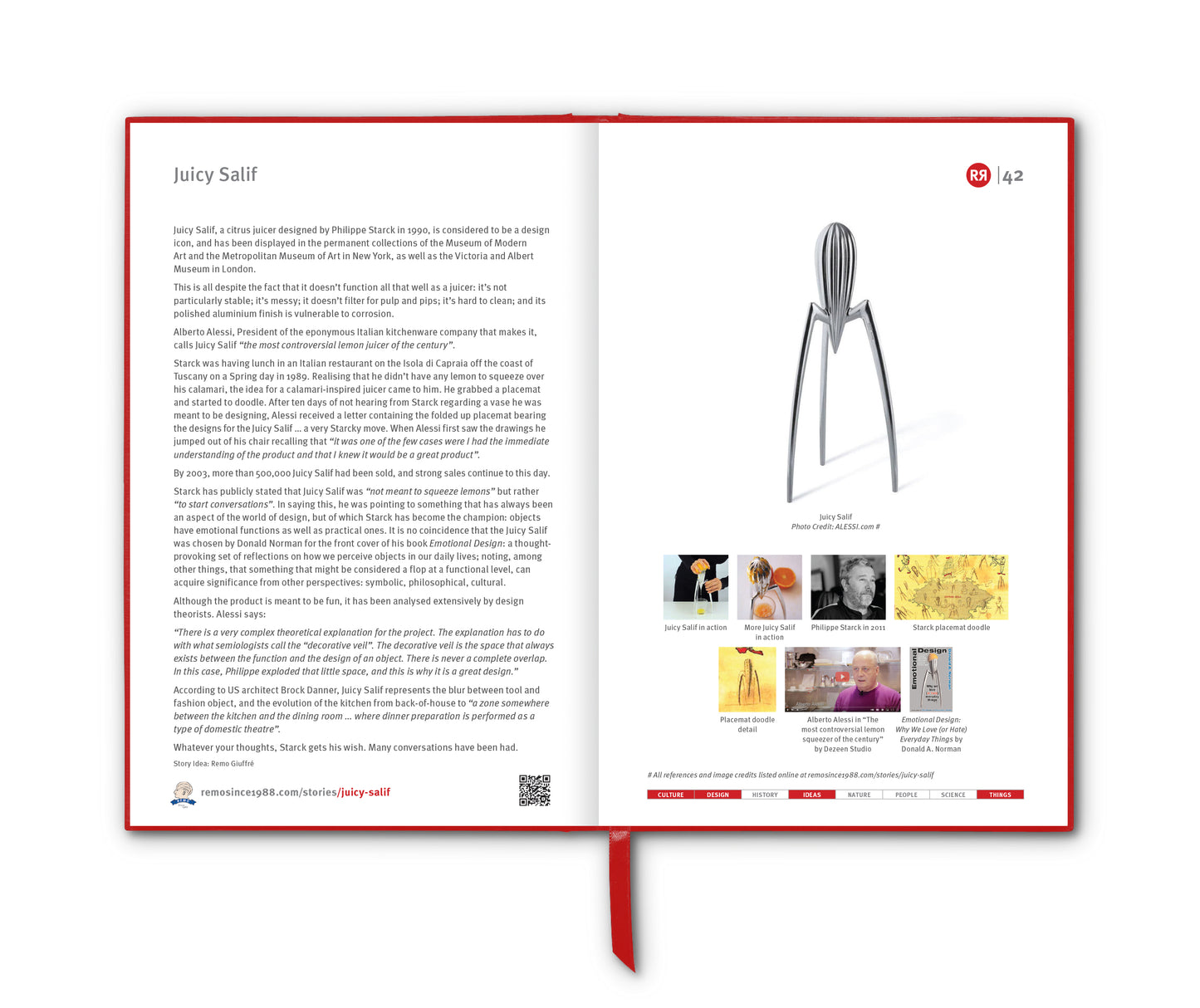
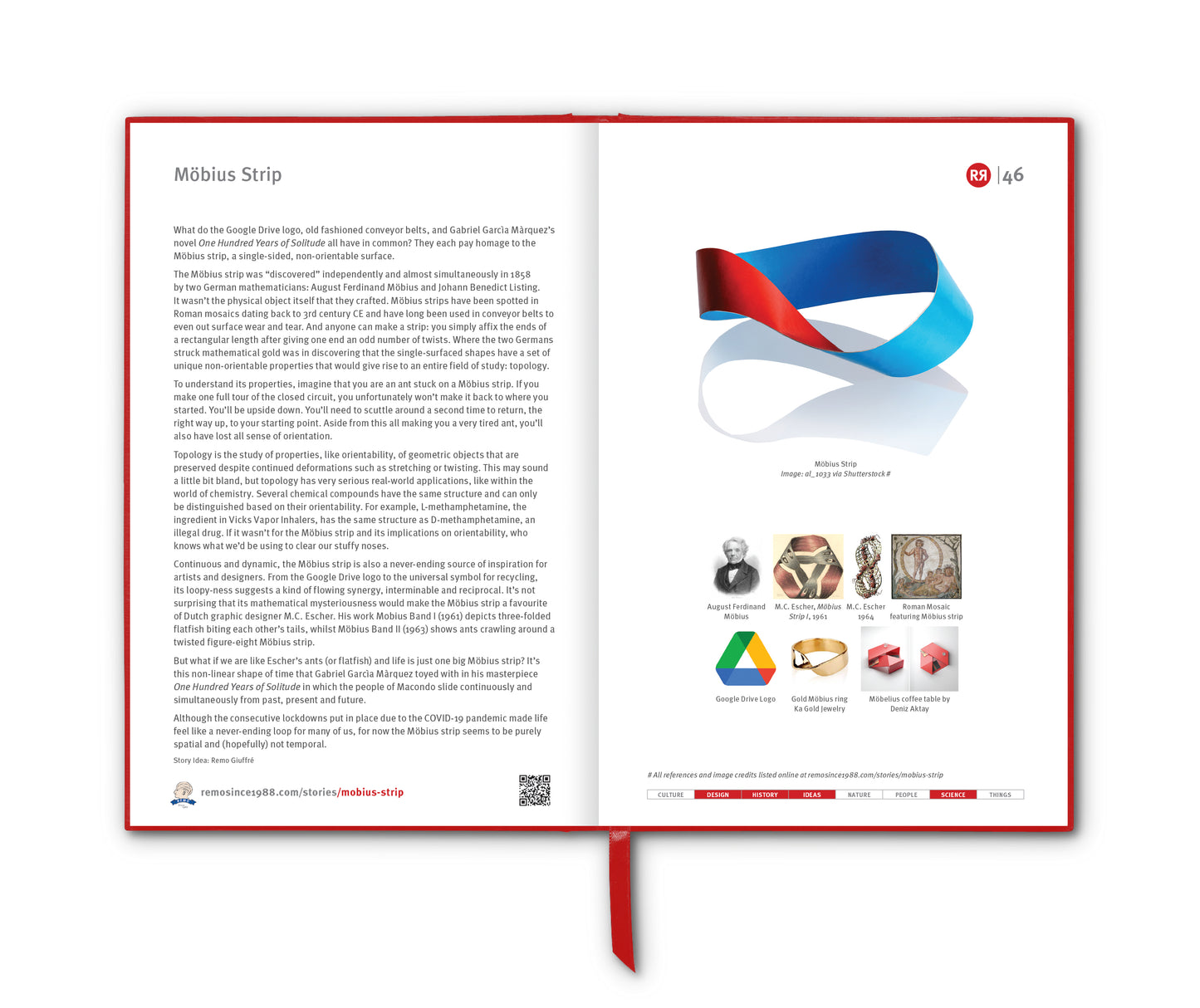

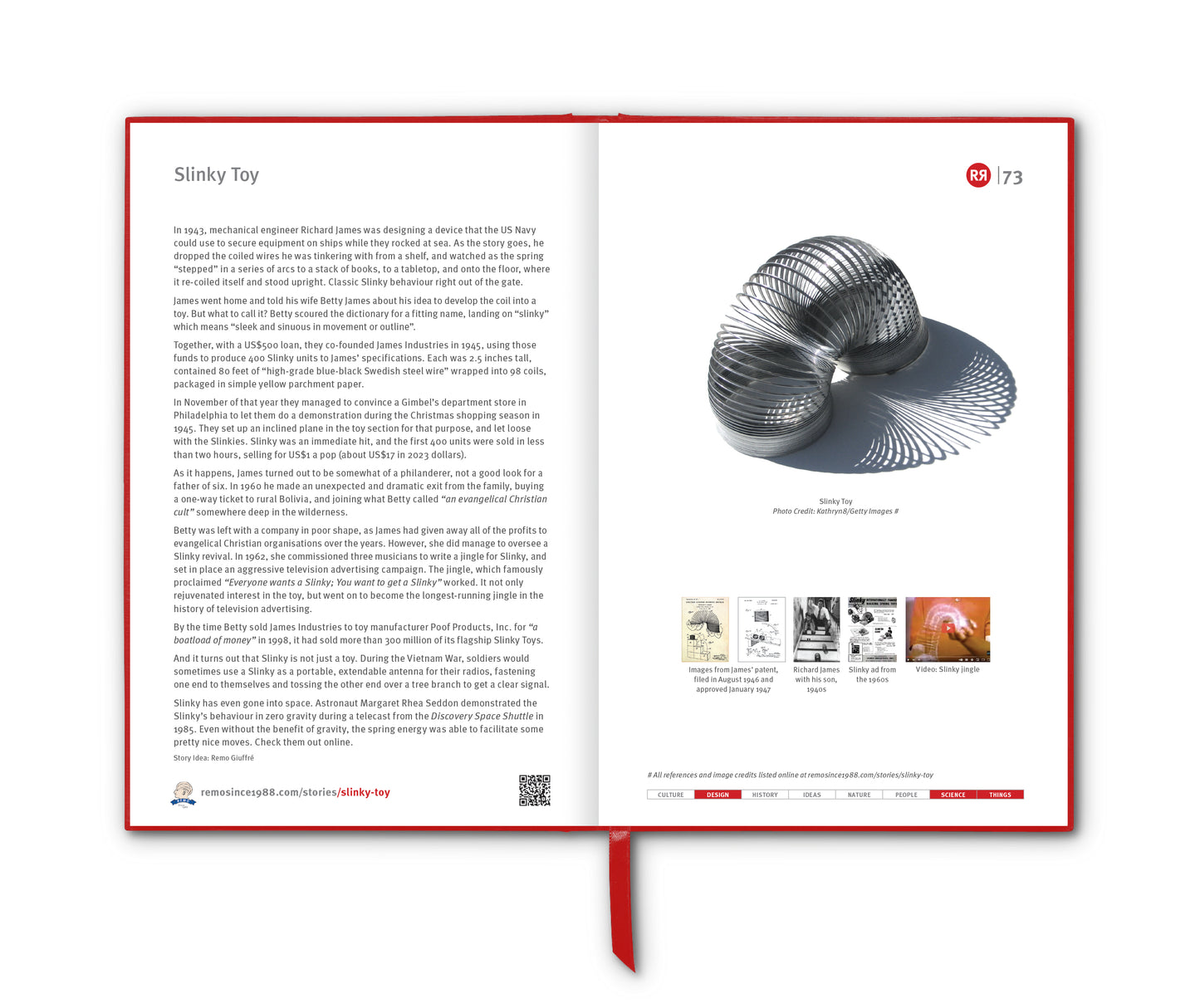
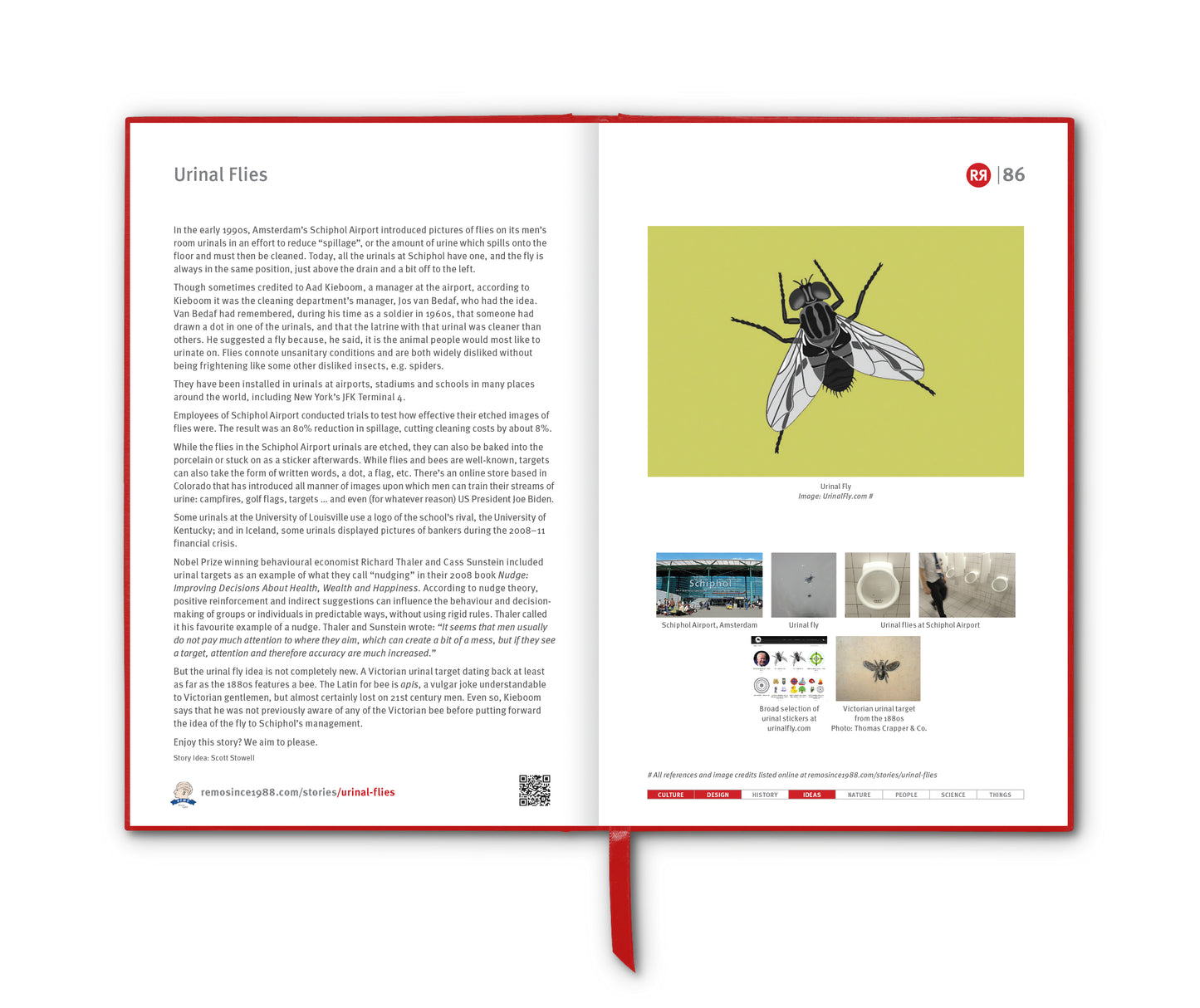


1 comment
I like this symbol